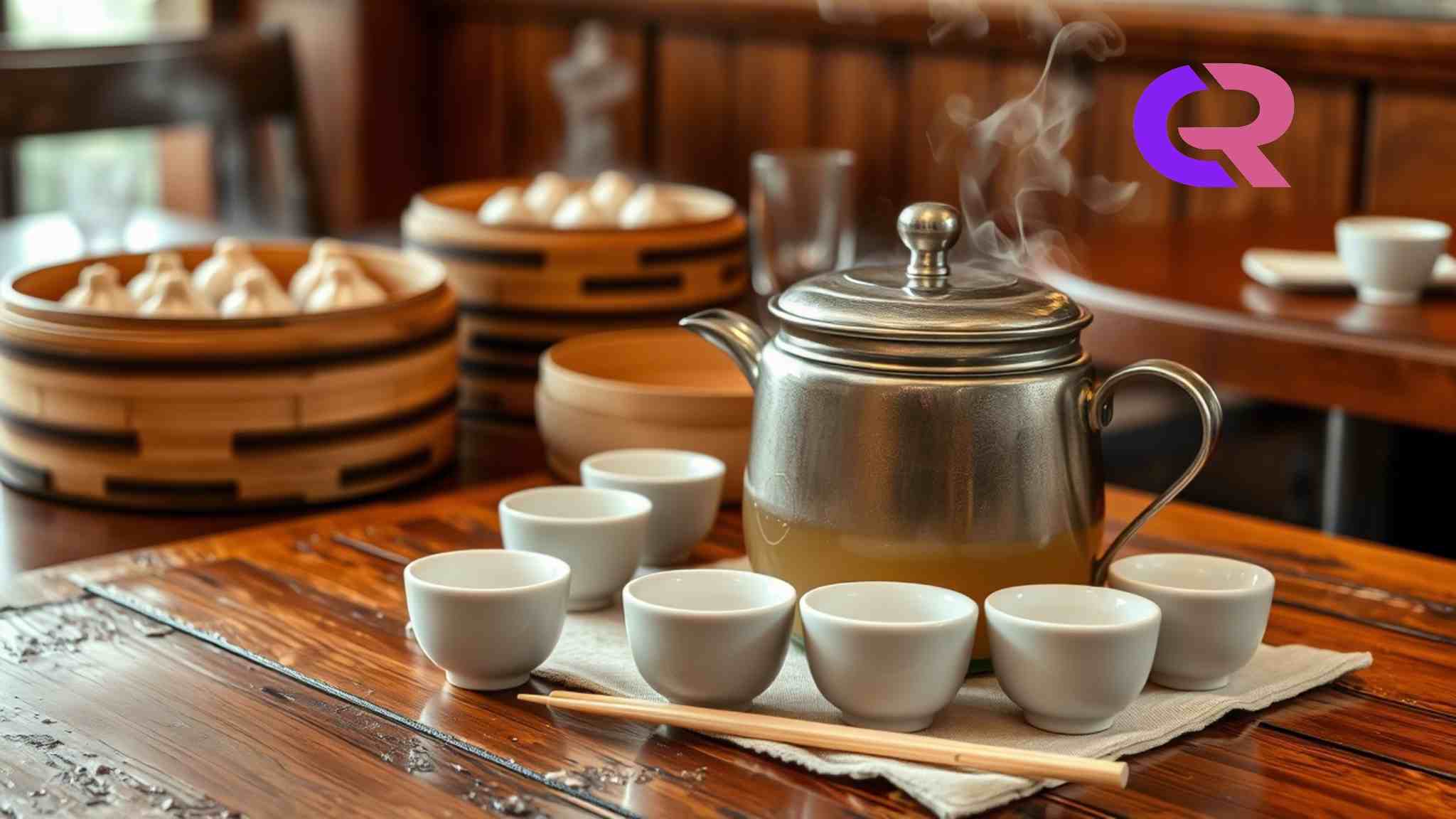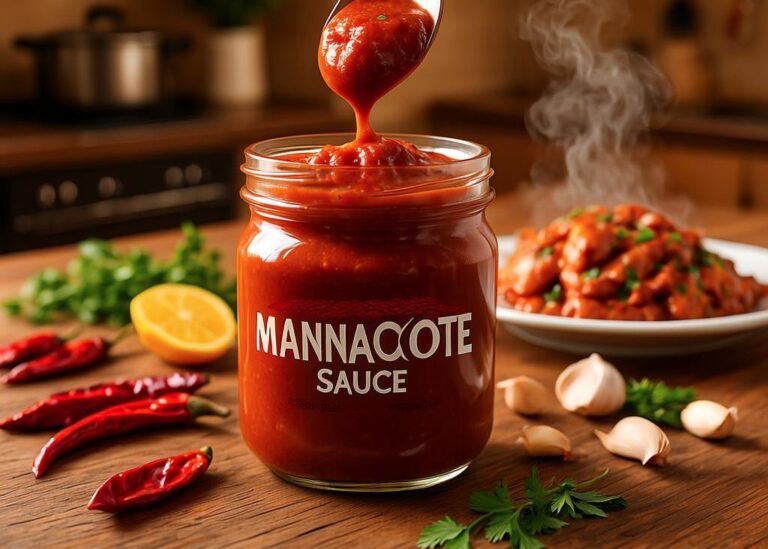What Is the Tea Used in Chinese Restaurants? (And Why It’s the Perfect Meal Companion)
You’ve been there before—maybe in a bustling dim sum house with the sound of carts rolling by, or at your neighborhood Chinese takeout spot waiting on your sweet and sour chicken. There’s a teapot on the table, warm and waiting. You pour it out into a tiny ceramic cup, inhale the steam, and take that first sip. It’s floral. Or maybe roasted. Sometimes earthy. Always soothing.
But what is this tea?
Let’s unravel the mystery behind that signature cup of Chinese restaurant tea—and why it’s such a perfect pairing for the cuisine it accompanies.
The Classics: Jasmine, Oolong, and Beyond
Most Chinese restaurants don’t tell you what kind of tea they’re serving—you simply get the pot. But the usual suspects fall into a small group of time-honored varieties, each with its own character.
Jasmine Tea is probably the most common. It’s green tea scented with jasmine blossoms, making it subtly floral and light. It’s refreshing, slightly sweet, and incredibly aromatic. It goes beautifully with fried foods and spicy dishes because it cuts through grease without overwhelming the palate.
Oolong Tea sits between green and black tea in terms of both oxidation level and flavor profile. Expect a toasty, slightly nutty flavor that lingers. It’s smooth, warming, and pairs especially well with rich dishes like beef with broccoli or char siu pork.
“Tea, especially oolong, is known to aid digestion and provide antioxidants, as noted by Harvard Health”
Pu-erh Tea is an aged, fermented tea from Yunnan province. It’s deep, earthy, and a little funky—think forest floor in a good way. If you’ve had a really dark, almost coffee-like tea in a Chinese restaurant, it might’ve been pu-erh. It’s often served in more traditional or upscale Cantonese spots, especially during dim sum.
Chrysanthemum Tea is caffeine-free and made from dried chrysanthemum flowers. Delicate, with an herbal, almost honey-like flavor, it’s often blended with pu-erh in Chinese banquet settings to mellow out its earthiness.
Not Just a Drink—It’s a Ritual
Tea in Chinese dining isn’t just about taste—it’s a tradition. It’s brought out before your meal, not as an afterthought. That first warm sip sets the tone, signaling that you’re about to slow down and share a meal with intention.
In Cantonese cuisine, tea and dim sum are nearly inseparable—the word “yum cha” literally means “drink tea.” Tea serves as both a palate cleanser and digestive aid, refreshing your taste buds between bites of har gow or pork buns.
Even in more casual settings, the tea pot at the table is part of the rhythm of dining. Pouring tea for others before yourself is a simple but deeply rooted gesture of respect in Chinese culture.
Why Tea Works So Well With Chinese Food
Chinese food—especially when shared family-style—is a symphony of bold flavors, spice, umami, and richness. Tea, in its many forms, acts like a conductor keeping everything balanced.
- Cleanses the palate: After a saucy bite of kung pao chicken or something deep-fried, tea resets your tongue.
- Aids digestion: Teas like pu-erh and oolong are known in traditional Chinese medicine for helping with fat metabolism and digestion.
- Balances heat: In spicy Sichuan dishes, the warmth of tea soothes the burn while keeping your senses alert.
And it’s not just tradition—it’s science. The tannins in tea can cut through oils, and warm liquids generally help with digestion. It’s a win-win.
Clearing Up a Few Tea Myths
“Is it always caffeinated?”
Most of the time, yes, unless you’re specifically getting chrysanthemum or a herbal blend. But the caffeine content in traditional Chinese tea is usually lower than coffee or black tea—just enough to keep you focused, not jittery.
“Why does it taste different from the tea I make at home?”
Two reasons: bulk quality loose-leaf tea and better brewing practices. Many restaurants use high-grade leaves from suppliers you won’t find at your grocery store. They also typically steep large amounts quickly and serve immediately—no waiting around in a mug for five minutes.
“Why isn’t it sweetened?”
In Chinese culture, tea is rarely sweetened. The beauty of the tea lies in its purity—flavor from the leaves, not sugar. Once you get used to it, sweetened tea often feels like overkill.
How to Recreate the Restaurant Tea Experience at Home
Want that “just sat down at a round table with a lazy Susan” tea feeling at home? Here’s how to get close:
- Buy loose-leaf tea — Jasmine and oolong are great starting points. Brands like Ten Ren or Tea Zone offer quality without breaking the bank.
- Use a teapot and small cups — This helps control temperature and portioning. Avoid giant mugs; they kill the vibe (and often over-steep the tea).
- Rinse the leaves first — In Chinese brewing tradition, the first quick steep (just a few seconds) is discarded to “wake up” the tea and remove dust.
- Brew fresh and hot — Around 175°F for green/jasmine, closer to 200°F for oolong or pu-erh. Don’t boil your tea to death.
- Pair it with meals — Drink while eating, not after. It changes the entire flow of the meal.
Final Sip: More Than Just a Beverage
So the next time you’re at a Chinese restaurant and that pot of hot tea hits the table, take a moment. Notice the aroma. Feel the warmth. Appreciate how seamlessly it fits into the meal—like a background musician keeping perfect time.
Because that little cup of tea? It’s more than just a drink. It’s history, culture, hospitality, and digestion all rolled into one humble pour.
And now you know exactly what’s in your cup.
Sources
– Harvard T.H. Chan School of Public Health – Tea and Health
– National Center for Complementary and Integrative Health – Tea: Benefits and Risks
– China Highlights – Chinese Tea Culture Guide
About the Author
Lena Wu is a food writer and tea enthusiast with over 8 years of experience exploring East Asian culinary traditions. She has studied tea culture in Hangzhou, China, and contributed to several publications covering the intersection of cuisine, culture, and wellness. When she’s not writing, she’s usually sipping pu-erh and perfecting her homemade dumplings.






